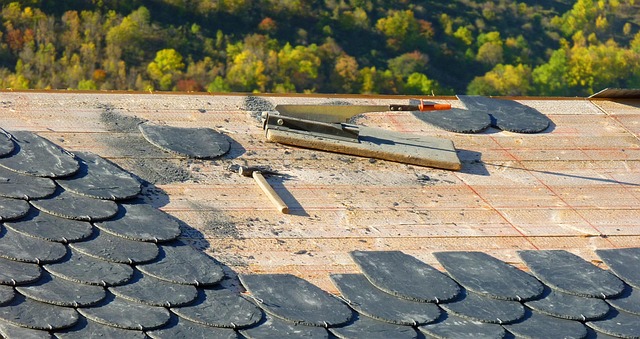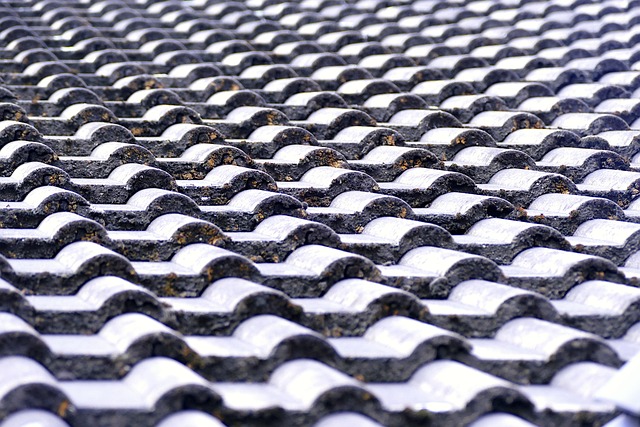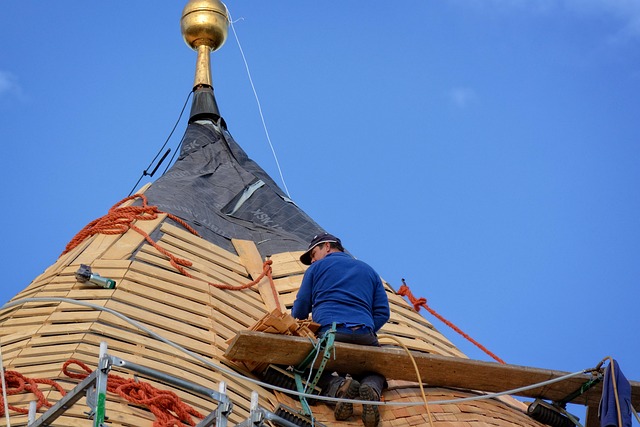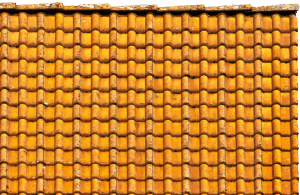Attic ventilation, often overlooked by homeowners, is crucial for roof health and longevity. Roofers play a vital role in maintaining proper airflow to regulate temperature, manage moisture, prevent wood rot, and protect against structural damage. Regular inspections, timely repairs, and adequate venting (at ridge and overhangs) by professionals are key to avoiding costly roof issues and ensuring optimal protection for your home.
Extend your roof’s lifespan with proper attic ventilation! Neglected ventilation can lead to severe issues, from moisture buildup and rot to excessive heat that damages shingles. This comprehensive guide explores the essential role of attic ventilation in maintaining a healthy roof system. We’ll delve into common problems caused by poor ventilation, best practices for effective systems, and how regular maintenance can save you money with longer-lasting roofs – tips every roofer should know.
- Understanding Attic Ventilation for Roof Health
- Common Roof System Issues Caused by Poor Ventilation
- Best Practices for Effective Attic Ventilation Systems
- How Regular Maintenance Can Prolong Roof Lifespan
Understanding Attic Ventilation for Roof Health

Attic ventilation is a critical aspect often overlooked when maintaining a roof system, but it plays a significant role in extending its lifespan. As a roofer, understanding the importance of proper attic ventilation is key to ensuring the longevity and integrity of roofs. Efficient ventilation helps regulate temperature and moisture levels within the attic space, which directly impacts the performance and durability of the roofing materials.
When a roof is well-ventilated, it prevents excessive heat buildup during warmer months, reducing the amount of stress on the shingles or tiles. Conversely, in colder seasons, proper ventilation prevents freezing, which can lead to damaging ice dams. By maintaining optimal conditions, roofers can help prevent common issues such as mold growth, wood rot, and structural damage caused by water intrusion—all of which are detrimental to both the attic and the overall roof structure.
Common Roof System Issues Caused by Poor Ventilation

Poor ventilation in attics can lead to a host of issues for roof systems, often unnoticed until significant damage has occurred. One of the primary problems is moisture buildup. When warm, humid air from below enters an unventilated attic, it condenses, leading to water stains and, over time, wood rot. This is especially problematic in regions with high humidity levels or where there’s a lack of natural airflow. Insufficient ventilation also contributes to extreme temperature fluctuations, putting additional strain on the roofing materials. As a result, shingles may curl, crack, or become brittle, making them more susceptible to wind damage and early degradation.
Roofer experts emphasize that proper attic ventilation is key to preventing these issues. Adequate airflow helps regulate temperatures, reduces moisture levels, and minimizes stress on the roof system. Regular inspections by professional roofer services can help identify ventilation problems before they cause extensive damage. Prompt action by homeowners, in collaboration with skilled roofers, ensures the longevity of their roof investments.
Best Practices for Effective Attic Ventilation Systems

To ensure optimal attic ventilation, roofers should consider a few best practices. Firstly, install adequate vents at the roof ridge and under the overhangs to facilitate proper air circulation. These vents allow hot air to escape during summer months, preventing excessive heat buildup that can cause structural damage and accelerate roofing material deterioration.
Additionally, use insulation to seal any gaps or openings around vents to prevent cold air intrusion in winter. This creates a positive pressure differential, drawing in fresh air and expelling stale, moist air. Regular inspection and cleaning of ventilation systems by professional roofers are also crucial to maintain efficiency, ensuring that debris doesn’t block airflow and that the system operates seamlessly throughout the year.
How Regular Maintenance Can Prolong Roof Lifespan

Regular maintenance is a crucial aspect often overlooked when it comes to extending the lifespan of your roof system, making it an essential task for any homeowner or roofer. By conducting routine inspections and performing simple tasks, like cleaning gutters and repairing loose shingles, you can significantly impact the overall health of your roof. These measures prevent minor issues from escalating into major problems that require costly repairs or even a complete roof replacement.
A well-maintained roof offers better protection against the elements, including extreme temperatures, heavy rainfall, and damaging winds. Regular ventilation also plays a vital role in maintaining optimal attic temperature, reducing the risk of structural damage caused by heat buildup. Roofers can identify potential problems early on, ensuring that any repairs are made promptly, thus saving you from more extensive (and expensive) work down the line.
Attic ventilation is a crucial aspect of roof maintenance, often overlooked but with significant long-term benefits. By understanding the importance of proper air circulation and implementing effective ventilation systems, roofers can help extend the lifespan of roof structures. Regular maintenance, including periodic inspections and timely repairs, in conjunction with optimal attic ventilation, ensures that roofs remain in top condition, preventing costly replacements for years to come.
